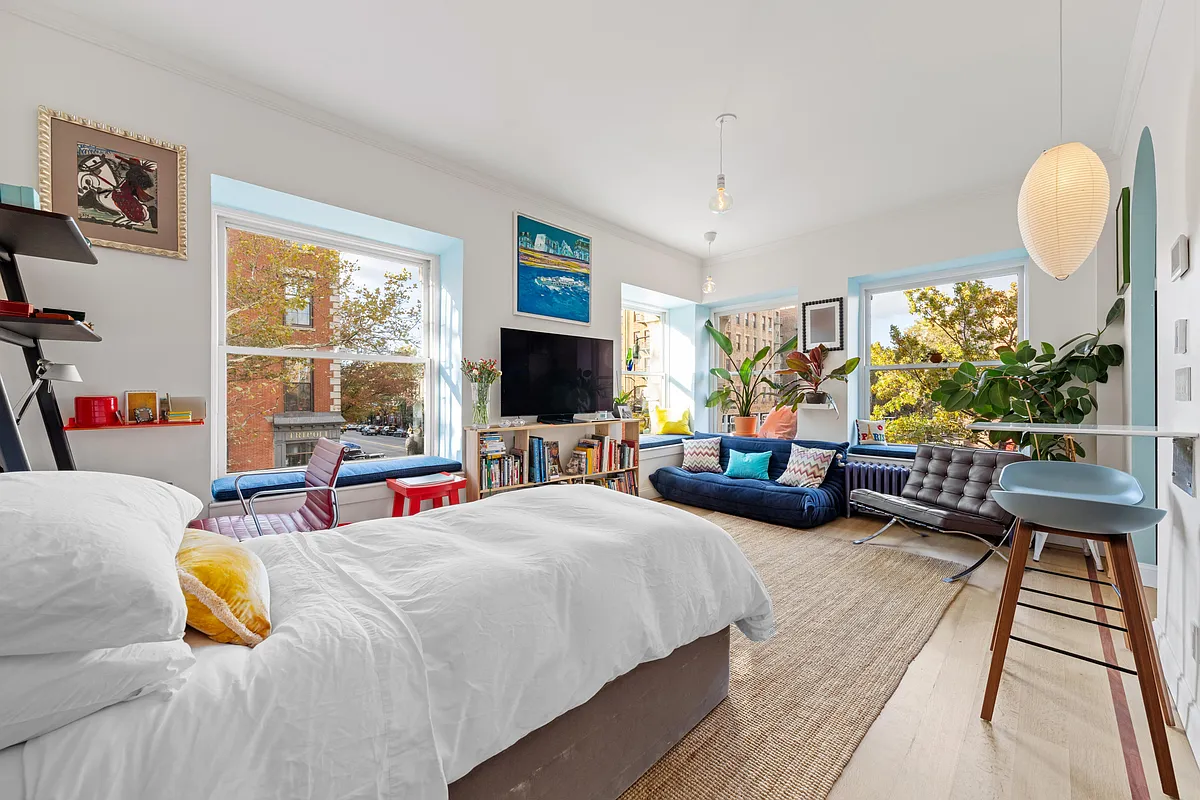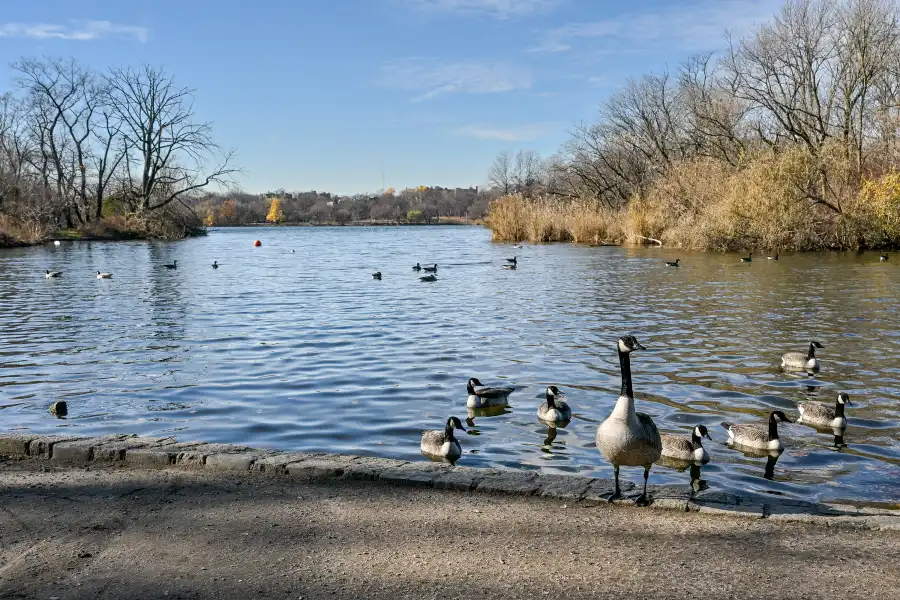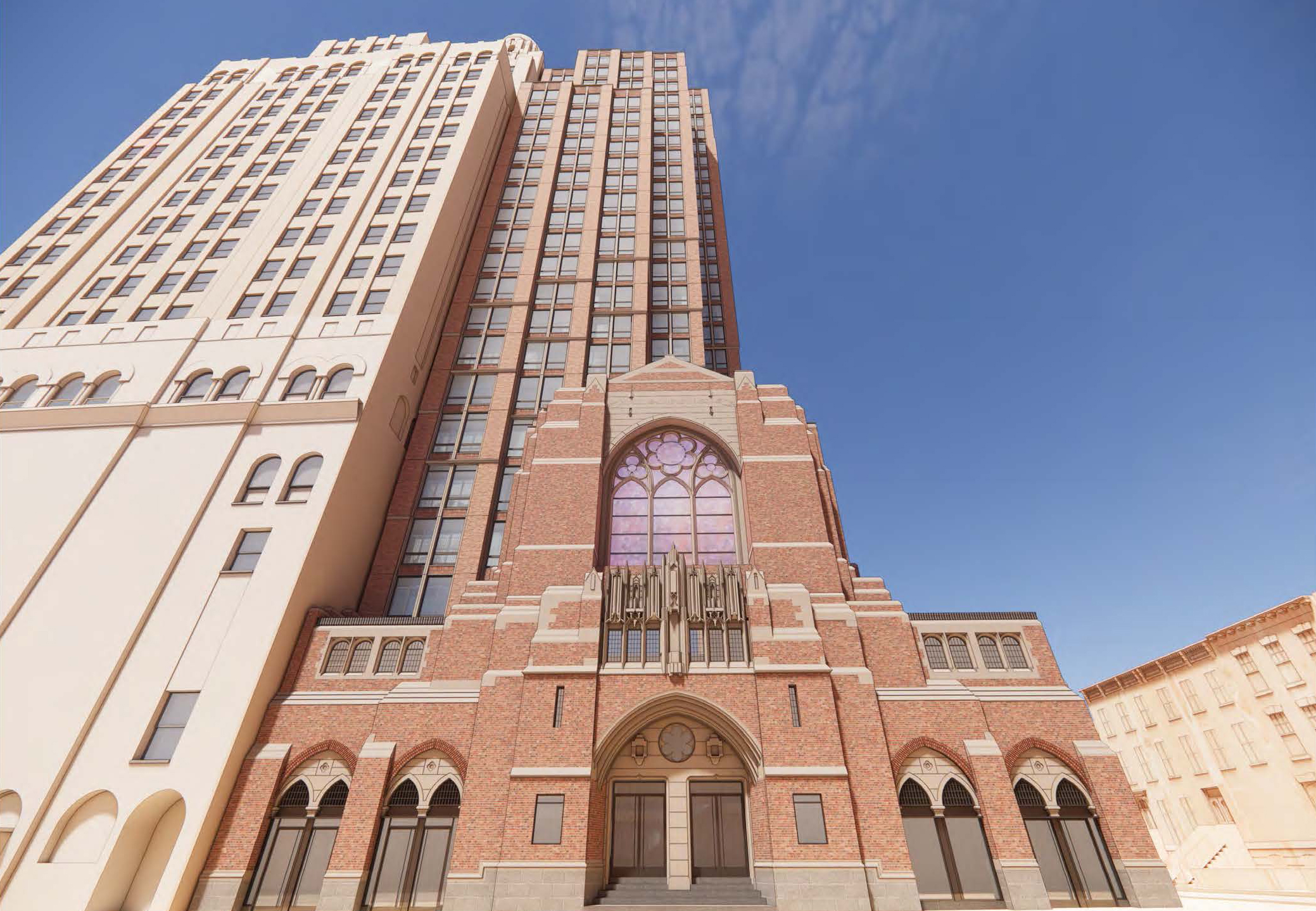Could Streetcars Return to Brooklyn?
Streetcars were once a big part of Brooklyn life—could they play a role in connecting currently underserviced areas while enhancing the street-level experience? That’s the theory being floated by some enthusiasts. And people are starting to listen. Most notably, DOT Commissioner Janette Sadik-Kahn who, noting the success of its streetcar system in generating economic developer,…

 Streetcars were once a big part of Brooklyn life—could they play a role in connecting currently underserviced areas while enhancing the street-level experience? That’s the theory being floated by some enthusiasts. And people are starting to listen. Most notably, DOT Commissioner Janette Sadik-Kahn who, noting the success of its streetcar system in generating economic developer, recently said We need to rebalance the transportation network and make it as efficient and effective as possible. (Midwood resident Arthur Melnick has been pushing this idea for many years, particularly for the waterfront areas of Red Hook and Brooklyn Heights, and the Brooklyn Historic Railway Association has even built a few tracks over near Ikea.) And while there are nostalgic and touristic reasons to consider the idea, blog The Transit Politic sums up the practical side of the issue:
Streetcars were once a big part of Brooklyn life—could they play a role in connecting currently underserviced areas while enhancing the street-level experience? That’s the theory being floated by some enthusiasts. And people are starting to listen. Most notably, DOT Commissioner Janette Sadik-Kahn who, noting the success of its streetcar system in generating economic developer, recently said We need to rebalance the transportation network and make it as efficient and effective as possible. (Midwood resident Arthur Melnick has been pushing this idea for many years, particularly for the waterfront areas of Red Hook and Brooklyn Heights, and the Brooklyn Historic Railway Association has even built a few tracks over near Ikea.) And while there are nostalgic and touristic reasons to consider the idea, blog The Transit Politic sums up the practical side of the issue:
Brooklyn is ideal for streetcars, and the city should be considering their widespread installation in areas where improved transit service is needed, because they’re effective in creating denser, more livable neighborhoods. The eastern half of Berlin is perhaps a good example for how Brooklyn could integrate streetcars into its existing transportation network. There, the 192 km collection of Straßenbahn lines run in areas that are not adequately served by the U-Bahn and S-Bahn rail services. The system runs mostly in areas that are less dense than Brooklyn overall, but it still attracts high ridership. (Berlin’s most central borough, Friedrichshain-Kreuzberg, has a density of 13,000 people/km2, equivalent to that of Brooklyn; the rest of Berlin, however, has about half that density.) Why not, then, envision a similarly ambitious program for transit expansion in Brooklyn?
Indeed, though streetcars have far lower capacity than subways, they’re far cheaper to build and they carry significantly more people than bus lines when they’re built close to light rail standards, with some of their own running way, high-quality stations, and extended vehicles. Because they’re electrically operated, they’re also pollution-free (directly, not necessarily indirectly). For a city that’s incapable of building a tiny two-mile extension of its subway system on time and on budget, a streetcar network might be the solution.
The blog highlights much of southeastern Brooklyn, Red Hook and parts of Bed Stuy as areas whose residents desperately need better access to existing public transit. Crazy, or so crazy it just might work?
Streetcars for Brooklyn: A New Life? [The Transport Politic]





Montrose’s post was on the money in all respects. Including calling it a lightrail instead of a trolley, which is what it would really be. Lightrails are obviously cheaper and easier to build than a subways, but, yeah, there’d still be a lot of bureaucratic red tape. Other cities (like Portland) have had success annexing lightrails onto existing freeways.
Bob Diamond talks about street cars in his Atlantic Ave tunnel tour. Apparently after discovering the tunnel he was tapped to design a street car system. Needless to say, funding didn’t pan out (with term limits and re-elections, the plan lost momentum).
I find the idea charming but not necessary.
oh wait – I think I need a self re-write:
“Cheque! Where do I send my brilliant idea?”
“Brilliant idea! Where do I send my cheque?”
Chicken, email me and I’ll give you the address – or you can just hand it over at Sycamore.
Montrose Morris is unfortunately correct regarding the length of time this will take. The MTA (or whoever it is) is taking a year – a year! – to rebuild one of the stairways at the Ditmas station on the F. Or so says the sign on the stairway.
Toronto is the last North American city that kept most of its streetcar network. It works great, especially if you like autos backed up behind them wasting gas and spewing pollution.
Things like this make me wish I could designate how my real estate and income taxes are spent. I have no use for schools. I’m not saying they don’t need more, bettter ones but I myself pay a lot of taxes in 3 states to fund schoools that I don’t have any use for.
this is a great, although unlikely idea.
if the city is able to remove the “privilege” from the cold dead hands of the car owners and dedicate lanes for this purpose it would be a huge win. economically, ecologicially, societally.
but that may be difficult.
when they reopened the girard line in philly recently it was stalled almost a year because some neighborhood at the end didnt want to give up 7 parking spots for a turnaround. and like most of west philly the neighborihood was, by the standards of this board, a shithole.
dont get me wrong, i love philly, but the end of the line there was truly “the end of the line.”
Brilliant idea! Where do I send my cheque?
True, Snark, but the problem with buses is that they are subject to traffic, and a light rail line wouldn’t be, so it’s much faster. The main problem people have with buses is that they are slow. A trolley could be timed better, too, so, unlike a bus, you won’t wait forever, only to see 3 of them bunched up, one behing the other.
This is a no brainer for public transportation, especially in the areas mentioned above, which are woefully underserved. Historically speaking, the advent of train lines, followed by the subways, opened up much of Brooklyn to its initial development. Trolley lines could expand that today, so that living so far out would not neccessitate having a car to get to work. A shorter, or easier commute would enable these areas to grow, improve, and be generally more desireable to more people.
Of course, being NYC, they will waste millions on studies, then get the process stalled in legislation, while people figure out the best way to make some money for themselves and friends, and after a generation, during which time the costs will triple anyway, due to inflation, they will finally announce this grand idea. Look for light rail to be around when most of you are eligible for a senior fare. I, hopefully, will be in heaven then.